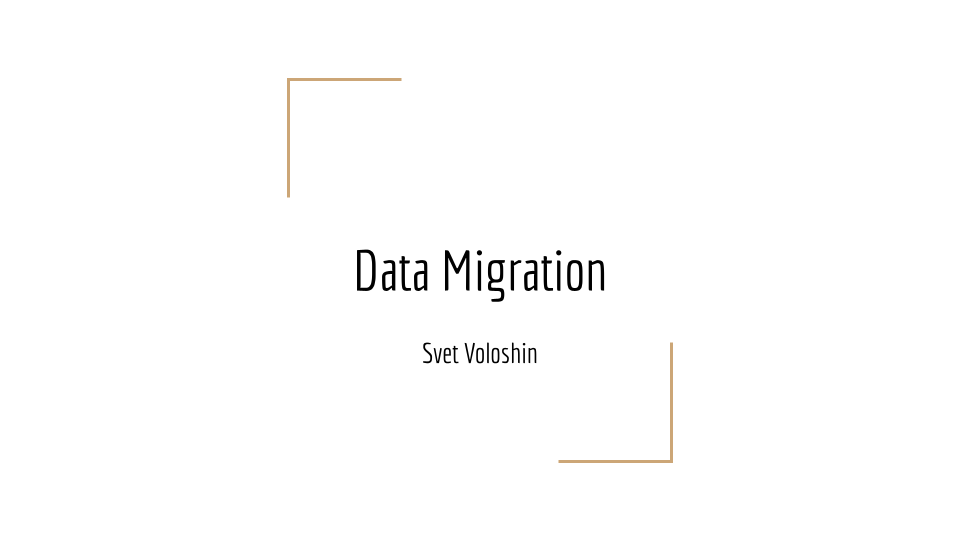Data Migration
February 2, 2023
Presentations

This slide deck provides a comprehensive overview of data migration, focusing on Salesforce.
Key Topics:
- Why Migrate?: Reasons for data migration include merging multiple Salesforce instances, org splits, moving from another CRM, archiving, data consolidation/cleanup, and improving accuracy.
- 7 Components of Successful Migration: Planning, automation, staging, reporting, lean loading, testing, and early/iterative starts.
- General Steps: A step-by-step breakdown of the migration process, from planning to go-live.
- Migration Sequence: Recommended order for migrating objects, starting with reference objects and ending with custom objects.
- ETL (Extract, Transform, Load): Explanation of ETL tools and their role in data migration.
- APIs: Overview of Salesforce APIs, including Bulk API and Bulk API 2.0, and their use cases.
- PK Chunking: How PK chunking improves performance in large data migrations.
- Third-Party Tools: Comparison of popular data migration tools like Jitterbit, Talend, and Informatica.
- ETL Databases: Types of databases used with ETL tools.
- Staging and Canonical Databases: Explanation of their roles in data migration.
- Large Data Volumes (LDV): Techniques for handling LDV in Salesforce, including archiving and using Big Objects.
- Data Warehouses: Overview of popular data warehouses (Redshift, BigQuery, etc.) and their comparison to Heroku and Data Lakes.
- Async SOQL: A method for querying large data volumes asynchronously (scheduled for retirement).
- Data Virtualization: Creating a unified view of data from multiple sources using Salesforce Connect.
- Data Cleansing and Validation: Importance of data quality and tools like DemandTools.
- Data Transformation and Enrichment: Key aspects of data transformation and enrichment.
- Delta Load: Loading only data changes for efficiency.
- Data Migration Testing: Ensuring data accuracy and consistency after migration.
- Data Migration vs. Backup/Restore: Understanding the difference and when to use each.
- Data Security: Measures for protecting data during migration, including encryption and access controls.
- ETL and Security: Using mutual TLS for secure integration and considering ETL placement concerning firewalls.
- ETL Scripts and SOQL Queries: Their roles in data migration.
- Deferring Sharing Calculations and Relaxing OWD: Performance optimization techniques.
- Preventing Data Loss and Anonymization: Best practices for data protection.
- Choosing the Right ETL Tool: Factors to consider when selecting a tool.
The presentation concludes with additional resources for continued learning.



























